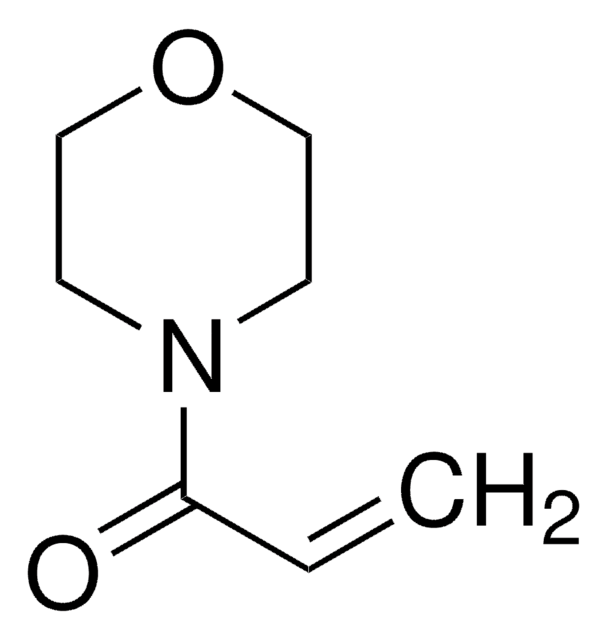EHU115141
MISSION® esiRNA
targeting human HSPA8
About This Item
Productos recomendados
descripción
Powered by Eupheria Biotech
Nivel de calidad
Línea del producto
MISSION®
Formulario
lyophilized powder
secuencia objetivo ADNc esiRNA
AACCGAACCACTCCAAGCTATGTCGCCTTTACGGACACTGAACGGTTGATCGGTGATGCCGCAAAGAATCAAGTTGCAATGAACCCCACCAACACAGTTTTTGATGCCAAACGTCTGATTGGACGCAGATTTGATGATGCTGTTGTCCAGTCTGATATGAAACATTGGCCCTTTATGGTGGTGAATGATGCTGGCAGGCCCAAGGTCCAAGTAGAATACAAGGGAGAGACCAAAAGCTTCTATCCAGAGGAGGTGTCTTCTATGGTTCTGACAAAGATGAAGGAAATTGCAGAAGCCTACCTTGGGAAGACTGTTACCAATGCTGTGGTCACAGTGCCAGCTTACTTTAATGACTCTCAGCGTCAGGCTACCAAAGATGCTGGAACTATTGCTGGTCTCAATGTACTTAGAATTATTAATGAGCCAACTGCTGCTG
Ensembl | nº de acceso humano
Nº de acceso NCBI
Condiciones de envío
ambient
temp. de almacenamiento
−20°C
Información sobre el gen
human ... HSPA8(3312) , HSPA8(3312)
Descripción general
For additional details as well as to view all available esiRNA options, please visit SigmaAldrich.com/esiRNA.
Información legal
Código de clase de almacenamiento
10 - Combustible liquids
Punto de inflamabilidad (°F)
Not applicable
Punto de inflamabilidad (°C)
Not applicable
Elija entre una de las versiones más recientes:
¿Ya tiene este producto?
Encuentre la documentación para los productos que ha comprado recientemente en la Biblioteca de documentos.
Nuestro equipo de científicos tiene experiencia en todas las áreas de investigación: Ciencias de la vida, Ciencia de los materiales, Síntesis química, Cromatografía, Analítica y muchas otras.
Póngase en contacto con el Servicio técnico

![Tricyclo[5.2.1.02,6]decanedimethanol diacrylate](/deepweb/assets/sigmaaldrich/product/structures/327/536/0dc81542-b920-47ec-99c1-d064a327a315/640/0dc81542-b920-47ec-99c1-d064a327a315.png)


![2-[[(Butylamino)carbonyl]oxy]ethyl acrylate](/deepweb/assets/sigmaaldrich/product/structures/603/008/4241c20d-94e8-474e-b3ff-6c4d5be67e9d/640/4241c20d-94e8-474e-b3ff-6c4d5be67e9d.png)



